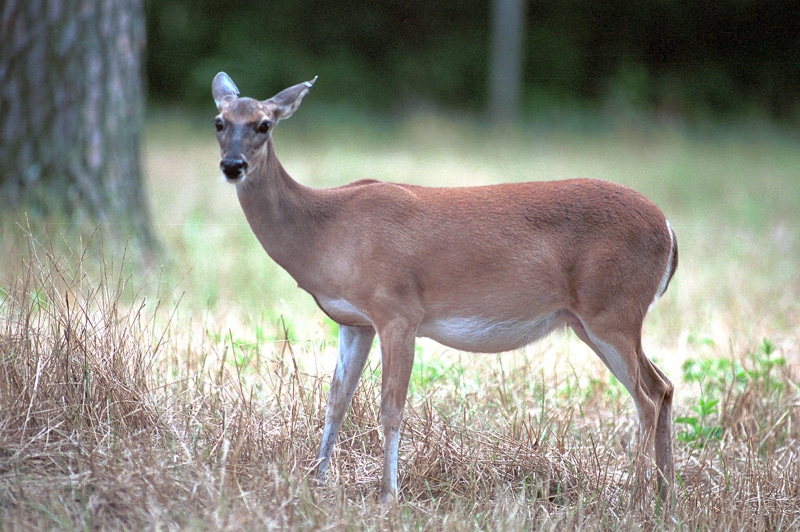December 4, 2015

The next general enrollment period for the Conservation Reserve Program, which began Dec. 1, will be open until Feb. 26, 2016.
As of September 2015, 24.2 million acres were enrolled in CRP. CRP also is protecting more than 170,000 stream miles with riparian forest and grass buffers, enough to go around the world seven times.
December 2015 marks the 30th anniversary of CRP, a federally funded program that assists agricultural producers with the cost of restoring, enhancing and protecting certain grasses, shrubs and trees to improve water quality, prevent soil erosion and reduce loss of wildlife habitat.
“Over the past 30 years, farmers, ranchers, conservationists, hunters, fishermen and other outdoor enthusiasts have made CRP one of the most successful conservation programs in the history of the country,” said Agriculture Secretary Tom Vilsack. “Today, CRP continues to make major environmental improvements to water and air quality. This is another longstanding example of how agricultural production can work hand in hand with efforts to improve the environment and increase wildlife habitat.”
Participants in CRP establish long-term, resource-conserving plant species, such as approved grasses or trees (known as “covers”) to control soil erosion, improve water quality and develop wildlife habitat on marginally productive agricultural lands. In return, FSA provides participants with rental payments and cost-share assistance.
At times when commodity prices are low, enrolling sensitive lands in CRP can be especially attractive to farmers and ranchers, as it softens the economic hardship for landowners at the same time that it provides ecological benefits. Contract duration is between 10 and 15 years.
The long-term goal of the program is to re-establish native plant species on marginal agricultural lands for the primary purpose of preventing soil erosion and improving water quality and related benefits of reducing loss of wildlife habitat.
Contracts on 1.64 million acres of CRP are set to expire on Sept. 30, 2016. Producers with expiring contracts or producers with environmentally sensitive land are encouraged to evaluate their options under CRP.
Since it was established on Dec. 23, 1985, CRP has:
• Prevented more than 9 billion tons of soil from eroding, enough soil to fill 600 million dump trucks;
• Reduced nitrogen and phosphorous runoff relative to annually tilled cropland by 95 and 85 percent respectively;
• Sequestered an annual average of 49 million tons of greenhouse gases, equal to taking 9 million cars off the road.
• Since 1996, CRP has created nearly 2.7 million acres of restored wetlands.
For an interactive tour of CRP success stories from across the U.S., visit http://www.fsa.usda.gov/CRPis30, or follow on Twitter at #CRPis30.
For more information FSA conservation programs, visit a local FSA office or http://www.fsa.usda.gov/conservation. To find your local FSA office, visit http://offices.usda.gov.
The Conservation Reserve Program was re-authorized by the 2014 farm bill, which builds on historic economic gains in rural America over the past six years, while achieving reform and billions of dollars in savings for taxpayers, said Vilsack.
About the Author(s)
You May Also Like




